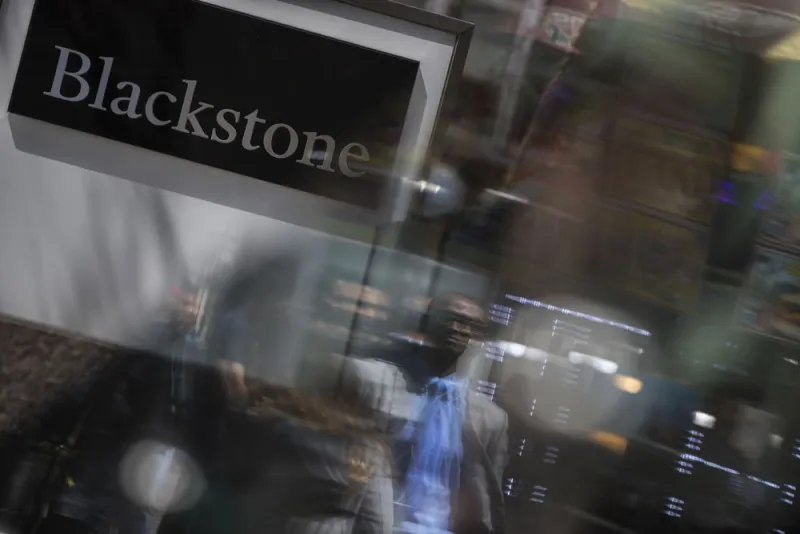The biggest buyout firms are using their massive scale to win business in an increasingly competitive industry.
Firms raised $202 billion across private equity strategies during the third quarter, according an Ernst & Young report expected to be released today. This represents a decline of 4 percent from the same period last year, despite average fund size rising by 44 percent. Blackstone Group was a big contributor to fundraising in the third quarter, closing a $26 billion buyout pool and $20.5 billion real estate fund, the report shows.
“We see buyout funds in particular getting larger and larger,” Peter Witte, associate director of EY’s private equity group, said in a phone interview. “The LPs are consolidating their relationships with their best managers.”
EY sees a “barbell dynamic” in an increasingly competitive private equity market, according to Witte. Large firms are moving up market to do increasingly large buyout deals, he said, while managers are building out their growth equity business in the smaller end of the market.
Investors have continued to plough capital into new funds even as many worry about high deal valuations and elevated levels of uninvested capital in the buyout industry. As the competition rises, there’s more room for value creation in the lower end of the market, where there’s probably a broader investible universe of smaller companies, according to Witte.
“You’ve got these concerns around where we are in the cycle, and the ability of fund managers to deploy that dry powder in an effective way in light of certain valuations,” he said. While leveraged buyout funds are “constrained” by their ability to put capital to work in a “disciplined way,” Witte doesn’t see any constraints in terms of investor demand.
“You’ve got these huge secular tailwinds driving assets to private equity,” he said. Some of the large private equity managers have reported that around 10 percent to 20 percent of their new assets stems from newer channels tied to wealthy individuals and family offices, according to Witte.
Private equity deal activity declined globally over the past 12 months, including a 10 percent dip in the third quarter to $104 billion of acquisitions, according to the EY report. Meanwhile, dry powder for buyout strategies rose to $722 billion at the end of September, up 1.4 percent from the end of last year, the report shows.
[II Deep Dive: Private Equity Drove Two Canadians Crazy. At BlackRock, They’re Trying to Fix It.]
Private equity exits fell in the three months through September, primarily due to a slowdown in the sale of companies as opposed to cashing out through initial public offerings, according to EY.
The report shows a 19 percent drop in the third quarter for both the value and the number of exits compared to the same period of 2018, despite a rise in merger activity in the Americas that helped private equity firms cash out from companies. EY recorded 283 exits valued at $91 billion globally in the third quarter.
Witte described the slowdown as a “normalization” following a large wave of private equity firm exits over the past few years. He also said that private equity firms may be holding on to companies longer to expand their products and businesses into new regions before selling them.
“We’re probably seeing a secular trend toward longer holding periods,” he said.







